9:00 am – 9:15 am
Opening remarks and Introduction
09:15 – 09:35
Unlocking the potential in laser powder bed fusion additive manufacturing
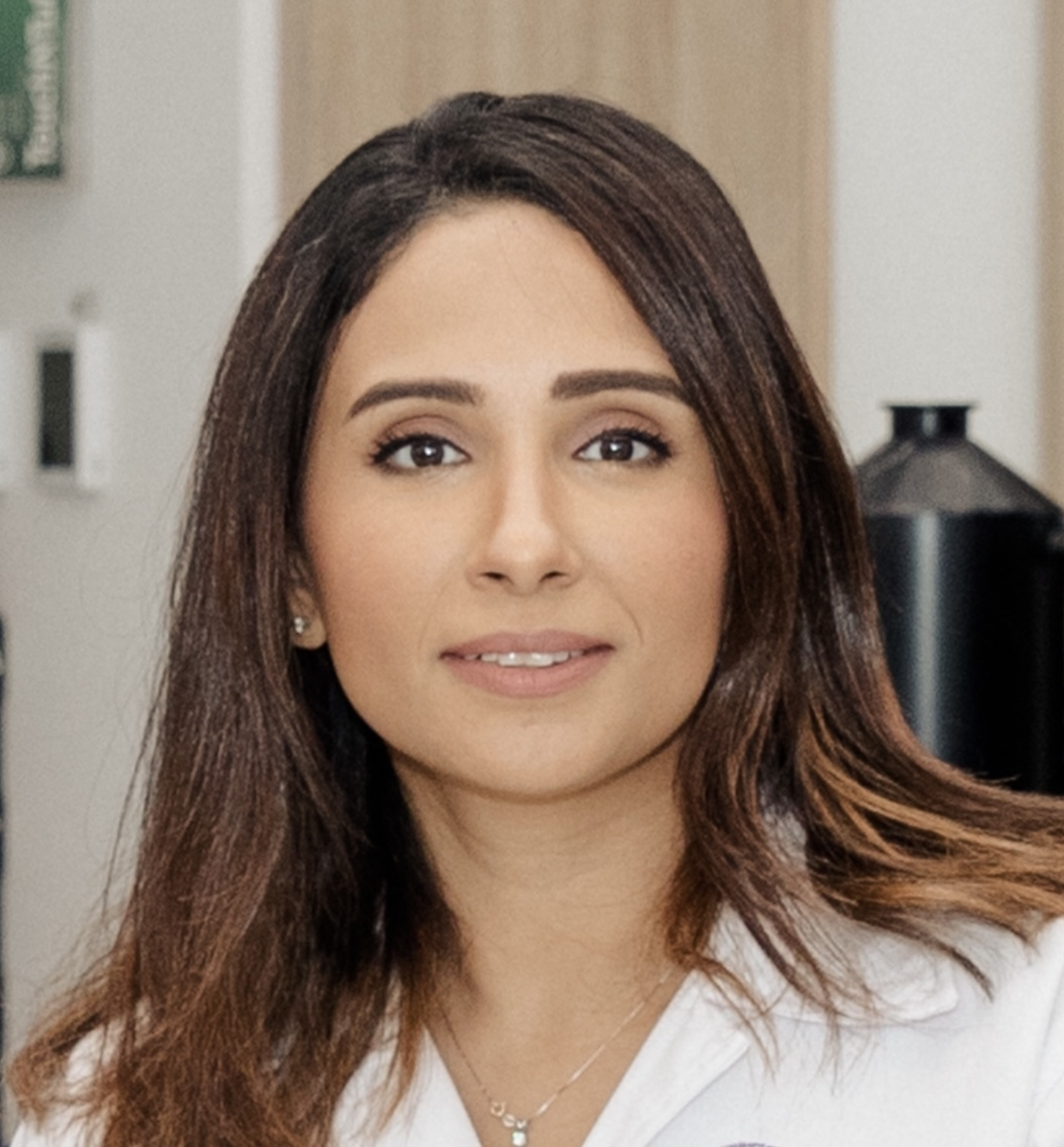
Nesma Aboulkhair, Technology Innovation Institute, UAE
The years of the COVID-19 pandemic have pushed many countries to seek ways to navigate through the stand-still the world came to for a significant amount of time. It has also triggered the pursuit of preparedness for any potential future similar shocks. It became obvious to manufacturers that resilience and agility are as important as efficiency. Additive Manufacturing (AM) is now attracting even more interest than before the pandemic from decision-makers around the globe for its promises of self-sufficiency, among other advantages. AM has created a paradigm shift in today’s business models across the globe in terms of decision speed, adaptability, agility, complexity, and inclusivity of technologies. Globally AM has matured enough for adoption in a plethora of sectors (space, defence, medical, aerospace, automotive, oil & gas, energy, tooling etc). AM’s benefits are driving the global impact we are seeing nowadays. Wohlers Report 2022 marked a growth of 19.5% in the AM industry in 2021, compared to 7.5% in 2020 (impacted by the COVID-19 pandemic). The global AM market size is estimated to reach USD 76.16 billion by 2030, growing at a compound annual growth rate CAGR of 20.8% (reported by Businesswire). In the future, it is envisaged that both AM, and conventional manufacturing will play equal key roles in manufacturing capabilities. Benefits of AM include innovation (performance and environmental gains), part consolidation (eliminate the need for design for manufacture and assembly, reduction in assembly-line footprint), low energy consumption (less materials, lighter products, by-products’ reuse), less waste (90% cost reduction potential, reducing ‘cradle-to-grave’ environmental footprint, lower human production error), reduced time-to-market (no need for tooling), light-weighting (lower energy consumption in application), sustainability (resources-efficient), and manufacturing agility (fast response to market changes). The advantages AM promises to various sectors are reflected on a myriad of applications, some of them are in our everyday use. Improving these is guaranteed to improve the life quality, as can be seen in lighter electronic gadgets, custom prosthetics, security, among others. In this talk, an overview of the state-of-the-art of laser-based AM achievements and use cases will be presented.
09:40 – 10:00
Creating the Physical Future of Humankind through Computational Engineering and Integrated Digital Manufacturing - or - From code to Aerospike"
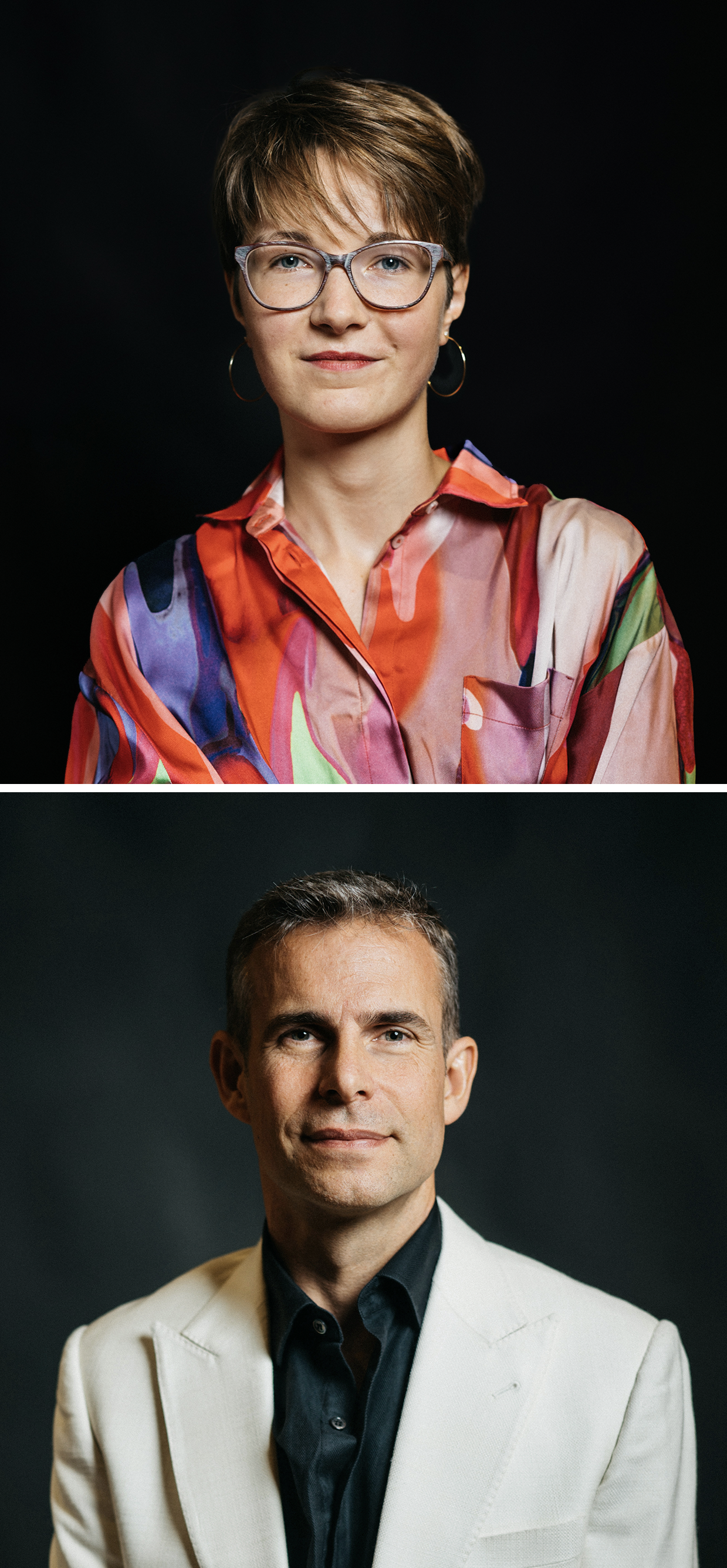
Josefine Lissner and Lin Kayser, Leap 71, UAE
With the advent of industrial 3D-printing, we are seeing novel designs come to life, but conventional design software still holds us back from fully exploiting the new design freedom. This is where Computational Engineering steps in, providing the necessary tools to advance to the next level of design and production.
Engineering has come a long way since the golden age of rocketry in the 1960s, but one thing remains unchanged - the manual and laborious process of creating 3D models. Every design iteration triggers extensive manual rework, making it a capital-intensive process.
Enter Computational Engineering. This new field captures the intent of the design process in algorithms, allowing engineers to create sophisticated parts with ease. Computer code generates 3D models of engineering objects based on encoded knowledge, and software models translate product requirements into manufacturable 3D objects. When changes are needed, the algorithm is executed again, recreating the object in a matter of seconds.
LEAP 71 is leading the charge in this new field, using software algorithms to design complex objects and produce them in digital factories powered by industrial 3D printers. The founders were the first to showcase a fully algorithmically engineered Aerospike rocket engine, that marked the first of its kind - unmatched in complexity and size when compared to its alikes. We we share some insights on the creating process and the industry will be transformed under this new paradigm of Computational Engineering.
10:05 – 10:25
The Energy-absorbing Properties of Additively-manufactured Plate Lattice Structures

Wesley Cantwell, Khalifa University, UAE
This talk will present recent findings of a research study investigating the energy-absorbing properties of graded plate lattice structures. Lattice structures based on both Nylon and PLA were manufactured using the FDM technique. The density of the plate lattice structures was varied by changing the unit cell dimensions, both through-the-thickness and through the width of the test sample. The energy-absorbing properties of the plate lattices were then investigated at quasi-static rates of strain and their failure modes were elucidated in order to identify the prominent failure mechanisms and collapse processes. The response of these graded structures was modelled using finite element techniques. Extensive testing has shown that plate lattice structures are capable of absorbing significant energy under sustained crushing conditions, with specific energy absorption SEA values exceeding those of most other types of lattice structure. Grading the plate lattice serves to further enhance the energy-absorption characteristics of these structures. It is believed that though-thickness density grading, via additive manufacturing, offers an attractive route to enhance energy absorption in engineering structures.
10:30 – 10:50
Digitisation of metal AM for part microstructure and property control

Dermot Brabazon, Dublin City University, Ireland
Metal additive manufacturing, which uses a layer-by-layer approach to fabricate parts, has many potential advantages over conventional techniques, including the ability to produced complex geometries, fast new design part production, personalised production, have lower cost and produce less material waste. While these advantages make AM an attractive option for industry, determining process parameters which result in specific properties, such as the level of porosity and tensile strength, can be a long and costly endeavour. In this review, the state-of-the-art in the control of part properties in AM is examined, including the effect of microstructure on part properties. The simulation of microstructure formation via numerical simulation and machine learning is examined which can provide process quality control and has the potential to aid in rapid process optimisation via closed loop control. In-situ monitoring of the AM process, is discussed as a route to enable first time right production in the AM process, along with the hybrid approach of AM fabrication with post-processing steps such as shock peening, heat treatment and rolling. An outlook is presented with a view towards potential avenues for further developments required in the field of metal AM.
10:55 – 11:10
Coffee Break
11:10 – 11:30
Uplifting Creep performance of additively manufactured Ni-based superalloy
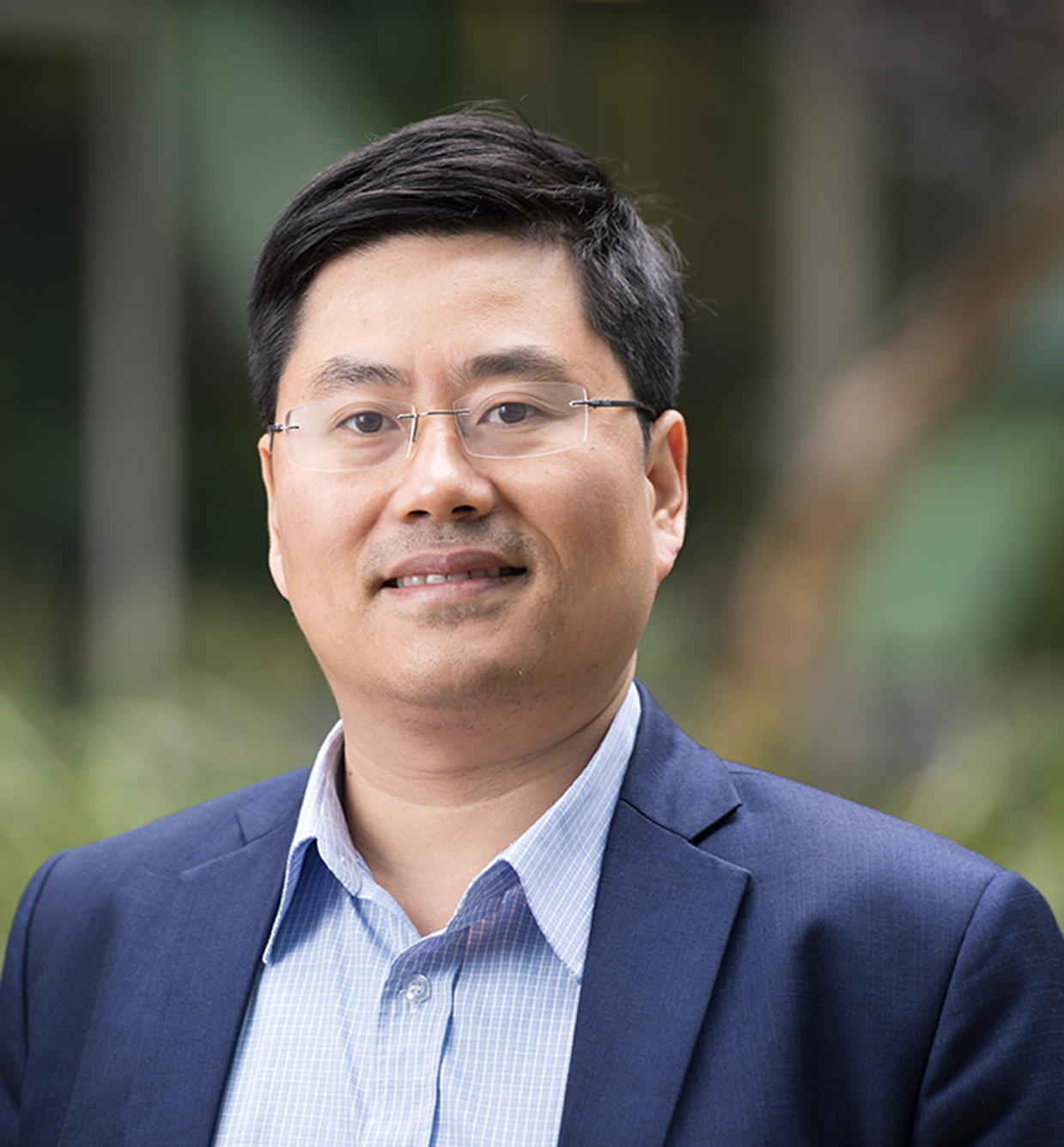
Aijun Huang, Monash Center for Additive Manufacturing, Australia
Creep fracture is a common failure mode for additively manufactured (AM) Ni-based superalloy components at high temperature loading applications. However, recent attempts in AM Ni-based superalloys reported inferior creep properties compared to the superalloys manufactured by conventional techniques, and the understanding regarding the creep properties of AM superalloys is still lean. In this work, a microstructure-based creep model is developed for additively manufactured Ni-based superalloys that specifically considers the correlation between creep behaviour and AM-produced microstructure features, in particular the porosity, columnar grain structure and compositional inhomogeneity. The application of the model provides a quantitative method to reveal the underlying mechanisms between AM-specific microstructure and creep performance. Meanwhile, the established mechanisms are applied to Inconel 718 (IN718) for microstructure-designment through post heat treatment. A 7-times creep lifetime improvement is achieved for laser powder bed fusion (LPBF) IN718 compared to the one that underwent standard heat treatment.
11:35 – 11:55
Enabling the next-generation alloys for Laser Powder Bed Fusion through computational design and experimental approaches

Federico Bosio, Technology Innovation Institute, UAE
Laser powder bed fusion (PBF-LB) paved the way for developing next-generation alloys with unique properties that could not be achieved with the traditional manufacturing routes. The conventional metal alloys utilised for cast and wrought processes, indeed, did not take full advantage of the extraordinary benefits brought by PBF-LB. This raised the awareness among industries that extending the current alloy portfolio is a top priority for boosting the Additive Manufacturing (AM) business in demanding sectors, such as aerospace, defence, and oil&gas. This talk gives an overview of the recent progresses in material development about the computational and experimental strategies used to select and develop rapidly suitable alloy compositions for PBF-LB. The ongoing research projects on materials design within the Additive Manufacturing team at Technology Innovation Institute (TII) are introduced to the audience.
12:00 – 12:20
Correlation between microstructure and mechanical properties in L-PBF metal additive manufacturing

Annalisa Pola, University of Brescia, Italy
Additive manufacturing of metallic components is a well-established production technology for obtaining engineering parts characterized by unrivalled design freedom, impossible to achieve via conventional manufacturing routes, and by high mechanical properties. In particular, the extremely high cooling rates and thermal gradients experienced by the material during its solidification in the layer-by-layer deposition, generally lead to an extra-fine microstructure that results in very high performance.
However, some defects such as gas porosities, lack of fusion, and poor finishing together with a pronounced microstructural anisotropy can negatively affect the performance of the components that frequently need additional post-processing operations. Therefore, understanding the effect of the microstructural features typical of AM techniques is a critical issue when designing new parts.
This presentation provides an overview about the effect of the microstructure of L-PBF alloys, both as-built and after post processing treatments, on the tensile properties, fracture toughness, wear and corrosion resistance in comparison with those of the same alloys conventionally manufactures that are under investigation at the University of Brescia.
12:30– 14:00
Lunch Break
14:00 – 14:20
Understanding the opportunities and challenges building large parts in PBF-LB
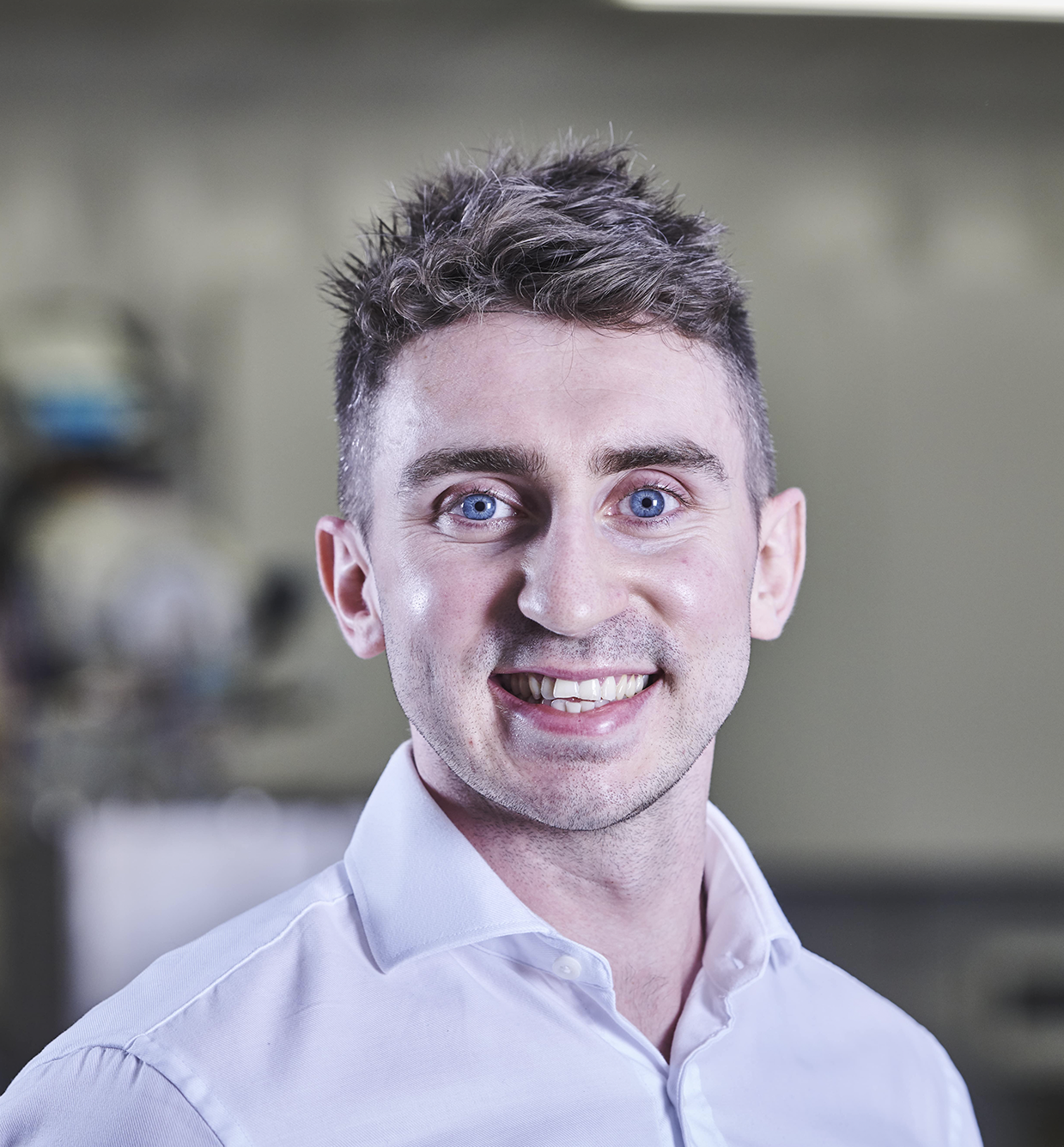
Ruaridh Mitchinson, National Center of Additive Manufacturing, Manufacturing Technology Centre MTC, UK
Ruaridh Mitchinson will expand on the recent whitepaper released by the National Centre for Additive Manufacturing on understanding the opportunities and challenges building large parts in PBF-LB. This talk will explore the recent growth in ‘large’ PBF-LB machines which are enabling larger parts to be manufactured in metal additive manufacturing. The talk will discuss each stage in the PBF-LB build process and will investigate how large parts affect them, including discussing challenges, solutions, and areas for further work.
14:25 – 14:45
Understanding the cost drivers of Metal AM

Barrie Finnin, AMAERO Additive Manufacturing, Australia
The addressable market for Metal Additive Manufacturing is constrained somewhat by the higher cost compared to conventional manufacturing technologies. This presentation discusses the key cost drivers in AM and recent trends towards reducing the overall cost of AM production. Attention is also drawn to AM design solutions that result in performance enhancements that represent economically viable product opportunities.
The presentation includes some historical projects and case studies that emphasize the benefits of digital manufacturing technologies and collaborations with Research Institutes leading to world first outcomes.
14:50 – 15:10
Industrial Adoption of Additive Manufacturing (3D Printing)

Daniel France, BEAMIT SpA, Italy
Is Additive manufacturing (3d printing) really being adopted by OEMs for end use components? Industrial examples of current applications and steps to embed Additive manufacturing within your business.
15:15 – 15:30
Coffee Break
15:30 – 15:50
Efficient Energy Solutions are globally of highest importance and fit perfectly to AM as THE manufacturing technology – why?
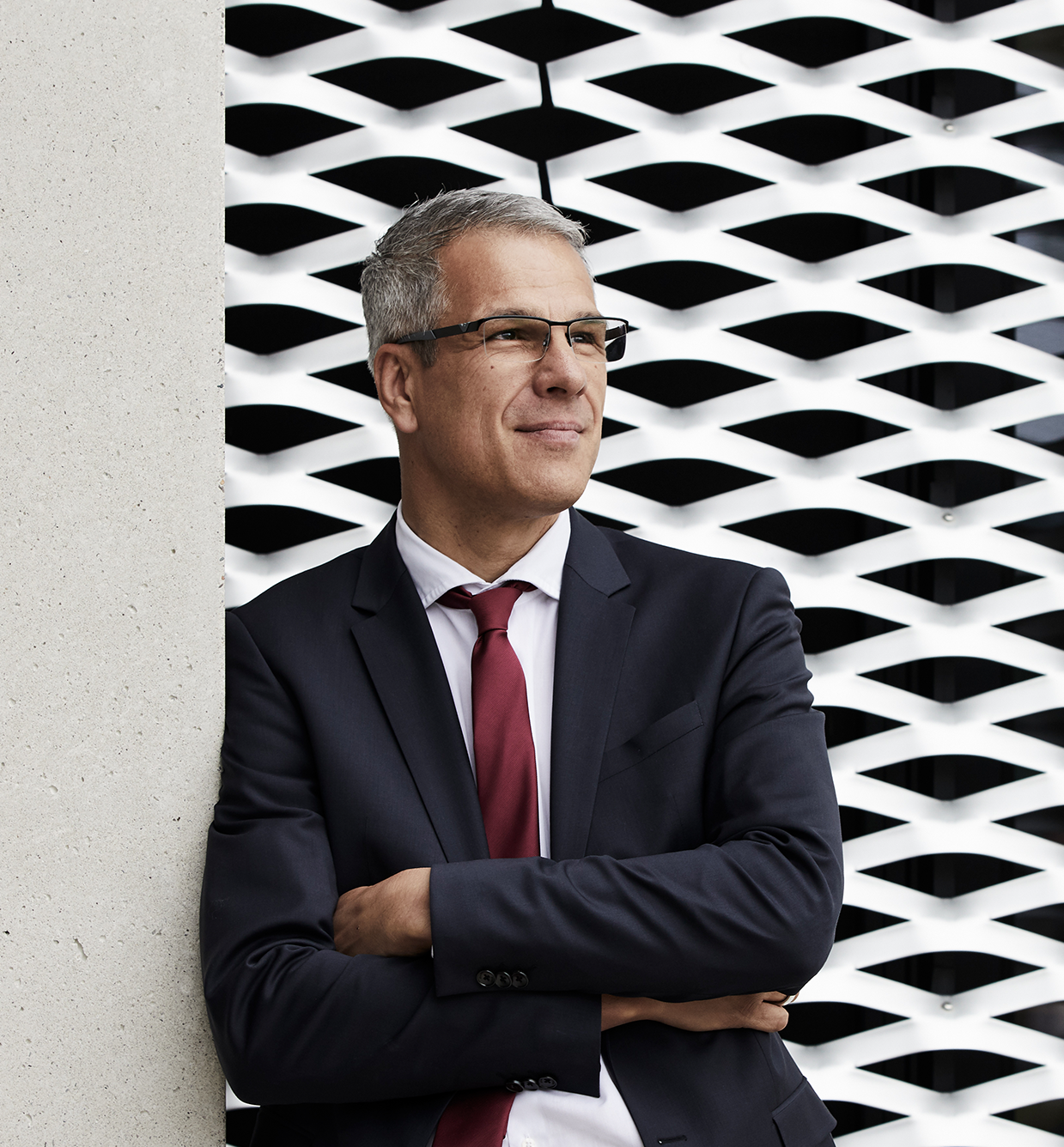
Markus Glasser, EOS GmbH, Germany
• We want to accelerate the world’s transition to responsible manufacturing with industrial 3D printing
• Our believe is that innovation and technology can help create a better world for everyone
• We are convinced that AM can play an important role to overcome limitations of current manufacturing techniques – AM is responsible by design
• Sustainability is a journey – it will be a huge effort, bundle all internal resources but also join forces with our customers, suppliers and partners
• Industrial 3D printing will be the future of manufacturing for new energy and efficient energy applications enabling improved components – not producible with conventional production techniques
• In the GT (Gas Turbine) sector, the aim is best possible cooling techniques to further extend performance – EOS has proven customer cases that show market leading, serial production of AM parts realizing this aim
• Future-proof your manufacturing with a Distributed Production Approach - increase production flexibility and improve resilience of supply chains to establish a more sustainable and future proven production
• On demand production with additive manufacturing technology by EOS enables production tailored to each batch with almost no limitations when it comes to product customization.
15:55 – 16:15
Metal Additive Manufacturing for Space Launch Vehicles
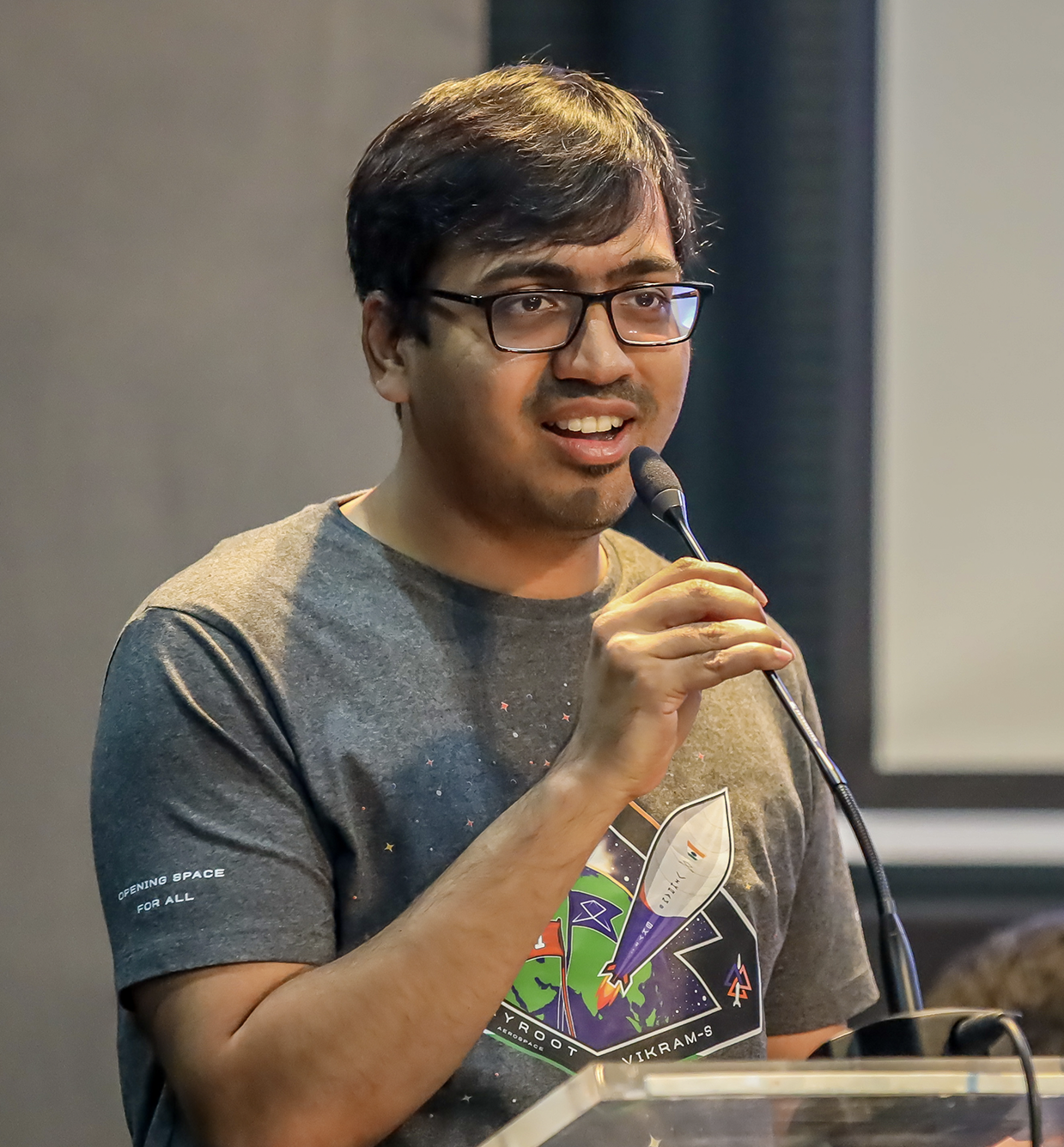
Pawan Kumar Chandana, Skyroot Aerospace, India
Rapid and reliable manufacturing techniques for the space sector are the need of the hour, to cater to the demand-driven nature of the world space ecosystem. Metal Additive Manufacturing plays a pivotal role in the realization of weight-optimized and cost-effective aerospace components. Besides manufacturing crucial components in shorter time intervals, the overall count of the parts is reduced, thereby minimizing the possibility of any defects and failures. The Indian space tech ecosystem had a historic year in 2022, with the country recording its first private rocket launch, Vikram-S by Skyroot Aerospace [1], involving metal additively manufactured components. In this talk, we present a variety of critical and functional components, including cryogenic engines, successfully developed through metal additive manufacturing by Skyroot Aerospace [2].
16:20 – 16:25
State of Standardization and Research in the Advanced Manufacturing Arena
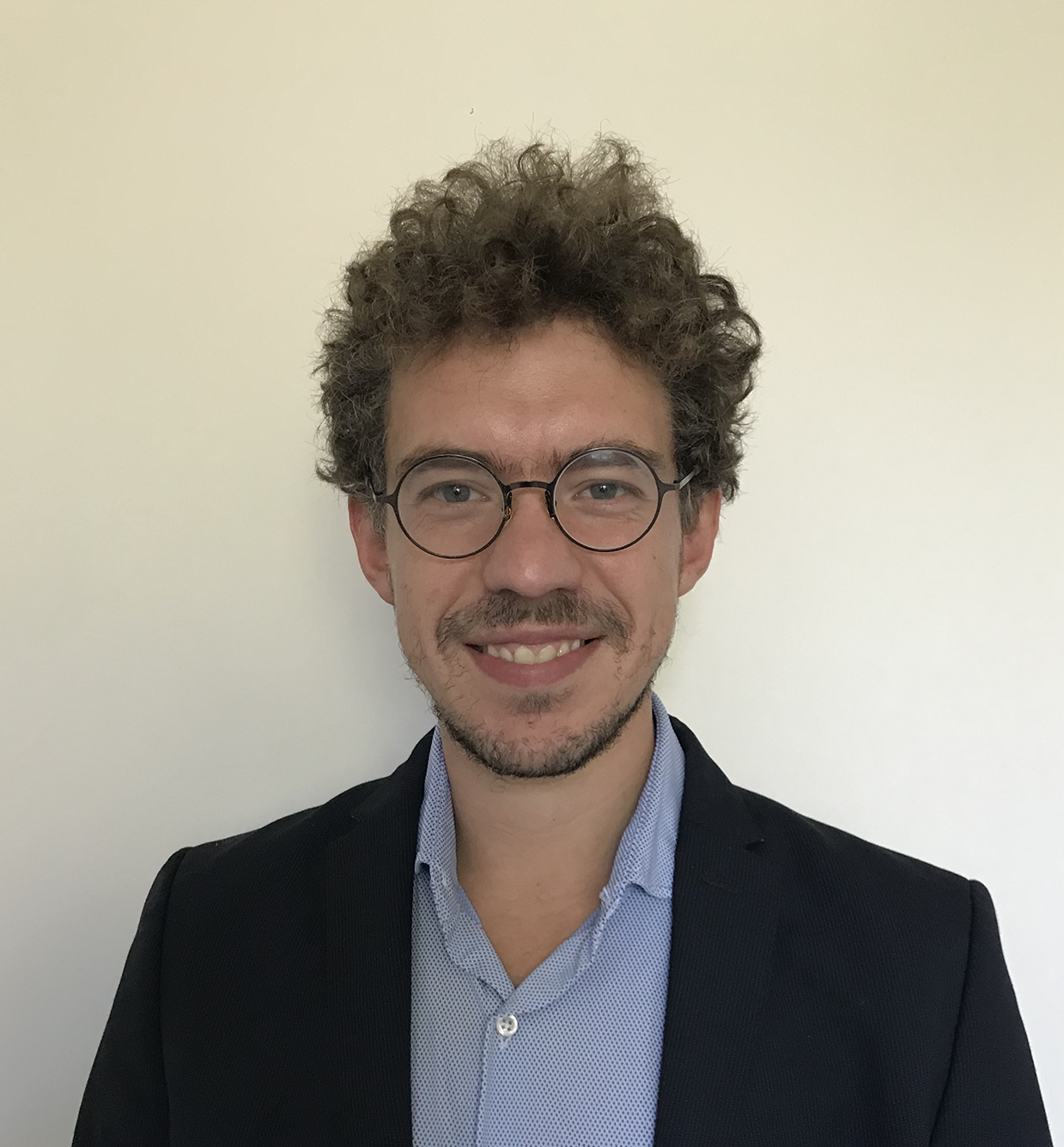
Alberto Bordin, ASTM AM Center of Excellence, UK
In recent years, considerable capitals have been invested to develop innovative technologies that are allowing the digitalization of the manufacturing sector. Organizations are increasingly adopting Additive Manufacturing, Autonomous Systems and Robotics technologies in their production plants to foster productivity, increase manufacturing efficiency and to open new business opportunities. In parallel, innovative data management technologies based on process simulation, augmented reality, artificial intelligence and other methods, are integrated with physical systems realizing the so called “Advanced Manufacturing Systems”. To allow the rapid maturation of Advanced Manufacturing systems, dedicated standards and regulations are necessary to support these emerging technological needs. ASTM International is addressing this challenge by implementing new standard development approaches and cross technology collaboration initiatives, to bridge the gap between innovation and production. This presentation provides a comprehensive overview of the current research initiatives and programs ASTM International is deploying to support the industrialization of Additive Manufacturing, Robotics, Automation, Autonomous Systems and other emerging technologies. A review of the current landscape of Advanced Manufacturing standards is provided and examples of recent developments which are key to support the growing adoption of emerging manufacturing technologies are discussed.
16:30 – 16:40
Closing Remarks
